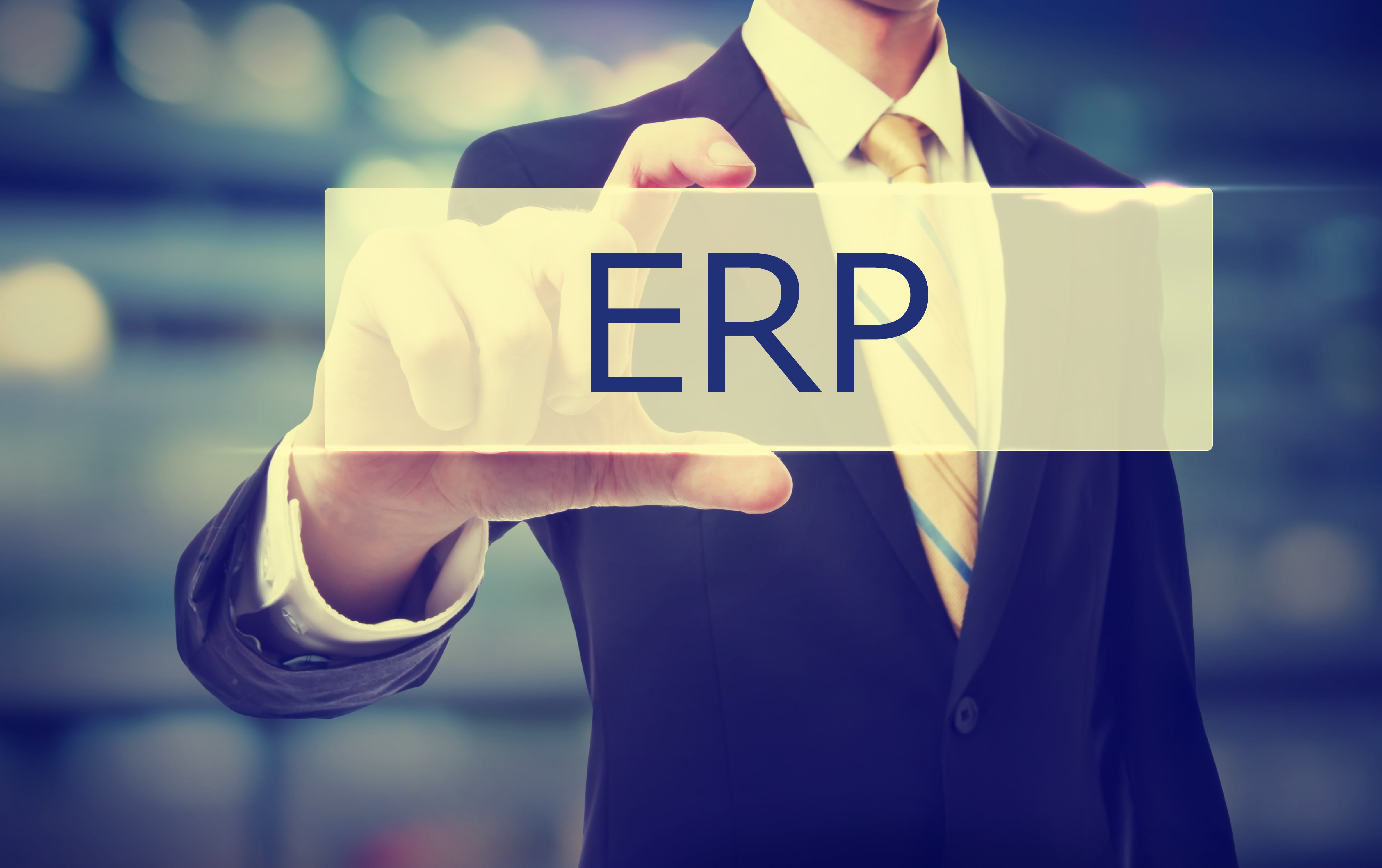Businessmen are using advanced and digital tools to make sure that their tasks get performed in the most effective and productive manner. To meet the expectations of this era, you have to introduce fresh set of instruments and concepts in your organization for best performances.
You know to manage a business, specifically one concentrated on manufacturing or distribution is not a cake walk. It has functionalities such as production planning, inventory management, procurement, order fulfillment and shipping and these things have to be spot on. In order to manage and align each of these complicated processes across a whole organization, a complete planning and tracking instrument is required. You have to invest in Enterprise resource planning and only then you can get your ducks in a row.
What really ERP is?
In the time before the emergence of ERP, businesses depended on manual processes to keep associated departments in sync. Given the level to which people utilize automated systems today, even in the personal lives, it’s a genuine mental exercise to imagine literal memos and buy orders passed from one physical inbox to another, twisting their way through a warehouse so as to facilitate fulfillment.
ERP has truly changed how manifold industries do business. In the absence of ability to track materials, customers, orders, billing and shipping in a single system, several of present day powerhouse players simply would not be able to compete. Similarly, when talking about data management, automation is necessary. The lesser the opportunities for human mistakes, the better. When information or data flows from one department to the next in a live setting, everyone gets benefited. The enhanced efficiency lowers overhead, enhances turnaround time, diminishes mistakes, and forms a level of internal transparency that authorizes the whole organization.
Initial stages
Initially, ERP implementation was restricted to huge organizations. The mainstay of the software was static, encompassing the most needed grounds, but it needs extensive customization to be completely beneficial. And yet, even with highly adapted customization, it was not disregarded of for enterprise organizations to rework important elements of their internal processes just to house a new ERP system. An ERP roll out was a massive undertaking. The time and cash required to facilitate deployment made the concept of ERP packages methodically impractical for SMEs businesses.
But now that is changing. Fresh modes of ERP implementation have actually opened up the floodgates, permitting the businesses of all sizes to get the rewards of top-level resource management. More and more companies, irrespective of their size, have started invested in ERP. Remember; when your business is in growth mode, even smidgen improvements in efficiency have the calibre to make a great difference. For the tiny to medium-sized business, it is specifically true. The impetus generated by enhanced efficiency can push you into lead areas while the competition gets stalled out. If you haven’t thought about introducing this concept in your business then you must consult Erp software Development Company in India and find out the scope.
Conclusion
Thus, enhance the growth of your business with ERP. Be it small or medium; the concept can reap promising outcomes.

